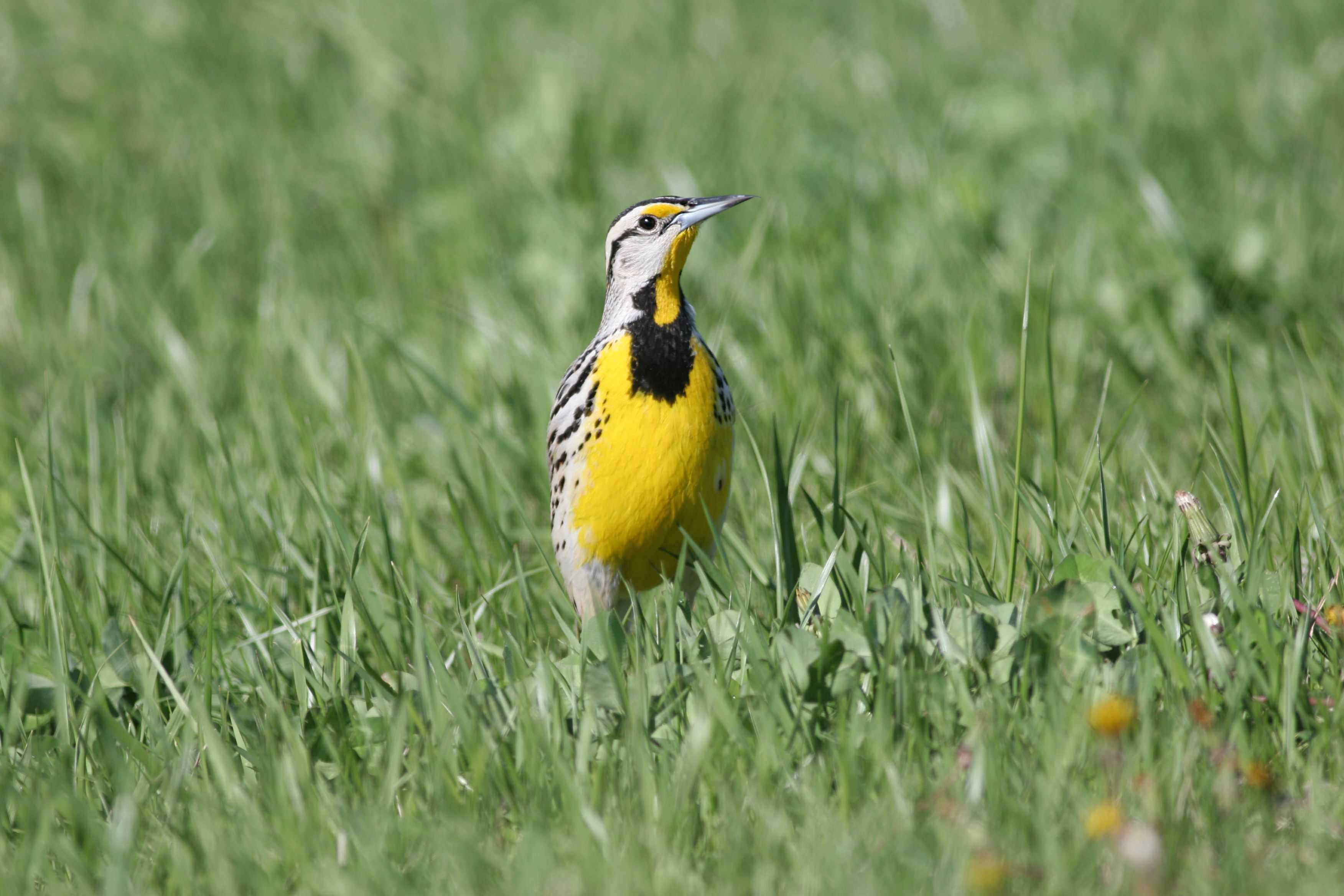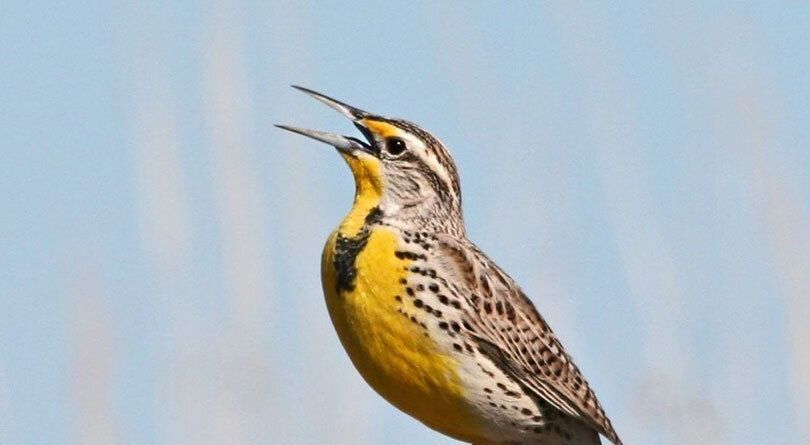
After the glorious morning choruses of spring, full of rich and varied voices, in summer the choir starts to thin out. Likely suspects that sing all day, such as cardinals and robins, keep singing, but others fall silent. For our resident breeding birds, that’s because they’re hard at work raising their young. They’re putting all their energy into making sure the next generation makes it to adulthood — a full-time job, to say the least.
For many young songbirds, the riskiest stage of life isn’t being an immobile egg or helpless chick. It’s being a fledgling, the stage when a young bird is too big for the nest but still developing its flying skills, and ability to catch its own dinner. If you see a bird at this stage, you might even think it just fell out of the nest and want to put it back. But fledgling birds, which have the full-body set of feathers that baby birds lack, are not helped by returning to the nest. Their job is to fumble around and figure out how to fend for themselves. Trying to “rescue” a fledgling could backfire by causing the bird to depend on human care. Often, the parents of fledglings are standing by to help as needed, bringing food to supplement what their offspring manage to find on their own.
High summer is a great time to pay closer attention to the behavior of local birds, observing them caring for young, foraging for food, and eventually molting into fall plumage. The new set of spring feathers, bright and colorful for the breeding season, starts to look ragged by July and August. Many species get a new set of feathers to last them through the autumn journey south and overwintering.
Our grassland habitats are crucial breeding grounds for many native bird species. The Dickcissel, a cousin to the Northern Cardinal, sports a big beak, yellow bibs, and black chins on the males. Eastern and Western Meadowlarks both occur in the metro area. They’re best distinguished by song, with the eastern species singing ascending notes that usually sound like the phrase “spring of the year,” and the western species a mix of whistles and up-and-down warbling. Tiny Grasshopper Sparrows pop up on a grass-stalk to rattle out an insect-like song then run around on the ground like mice within the labyrinth of grass. Look for these birds at our ASO prairies, Glacier Creek, and grassy areas such as dam embankments and the sides of the Keystone Trail.

